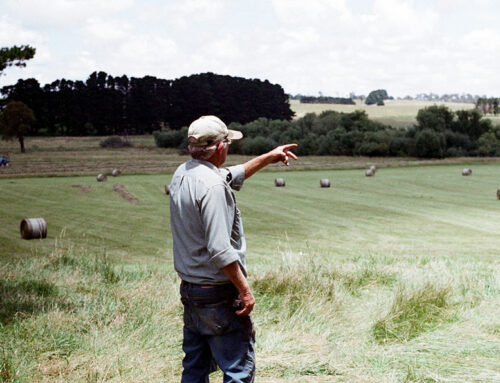The federal government has subsidized the U.S. biofuels industry – primarily the corn ethanol and soy biodiesel industries – for decades. Over the last 40 years, tens of billions of taxpayer dollars have been wasted on these mature industries. After the elimination of the ethanol tax credit in 2011, the industry shifted gears in an effort to continue the flow of government subsidies from taxpayers to the first-generation biofuels industry.
The U.S. Department of Agriculture (USDA) began subsidizing biofuels infrastructure projects through the Rural Energy for America Program (REAP) in 2011. Congress never authorized this practice, however. Since ethanol is more corrosive than gasoline, it requires specialized pumps to dispense the fuel, which is primarily derived from corn. USDA spent more than $3 million unilaterally on ethanol blender pump and other biofuels infrastructure projects from 2011-2014. Congress placed a prohibition on this practice in the 2014 farm bill.
Instead of heeding Congressional intent and ending subsidies for first-generation biofuels that had already received decades of taxpayer support, beginning in 2015, USDA created another biofuel infrastructure program out of thin air, this time through the Commodity Credit Corporation (CCC). The CCC is a fund that is normally used to dispense farm subsidy payments. In 2015, $100 million was announced for the Biofuel Infrastructure Partnership (BIP) program. In 2020, another $100 million was announced for a different, but similar, program entitled the Higher Blends Infrastructure Incentive Program (HBIIP). Then again in 2022, USDA announced yet another $100 million for biofuels infrastructure projects, for a grand total of $303 million in taxpayer subsidies. To add salt to the wound, the Inflation Reduction Act of 2022 (IRA) added another $500 million in duplicative subsidies for biofuel infrastructure projects.
Read the Fact Sheet Below or download it here.











Get Social